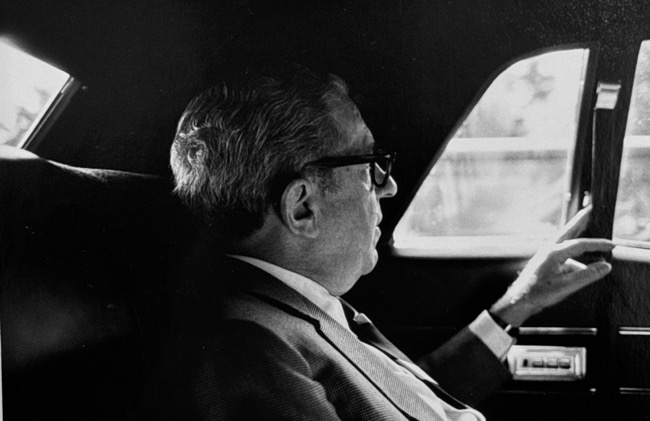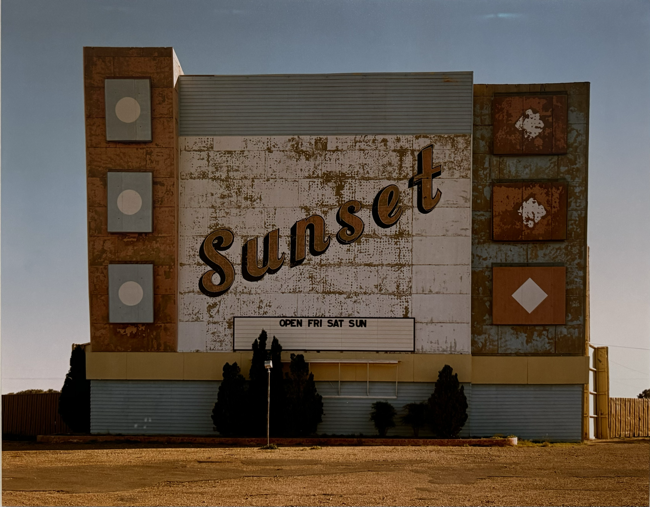Stephen Shore is an American photographer who shows us the banality or the beauty of his country, as created by men and women, and seen from his car. Empty spaces, worn-down functional buildings, immense skies, wide highways, filling stations glowing at night, cross-roads in small towns. His series and books include Uncommon Places (1982) and American Surfaces (1999), with photographs that he took on cross-country road trips in the 1970s. The Fondation Henri Cartier-Bresson gives a large retrospective of his work, both in black and white and color, from the early beginnings to the 2020’s and his “Topographies”, taken from a camera-equipped drone. The title of the exhibition says it all: “Vehicular & Vernacular”. Vehicular to reflect on his extensive use of vehicles in his work and his practice to shoot pictures from a car window and more generally from a mobile angle, creating thereby a new form of “vehicular photography”. Vernacular reflecting on the functional, at times mundane, aspect of the American landscapes created by people, rather than the spectacular we are more used to in Europe. With these, the photographer, through his oeuvre, brings us to the (new) shores of his Americanness right in the middle of the Marais in Paris. I was particularly attracted to his latest work, showing patterns from the skies that would otherwise remain unseen from the ground. In that respect, his work connects to the work by Edward Burtynsky, although the latter focuses more on the damages created by industrial landscapes on the environment, whereas Shore explores simply the shaping of the American landscapes by settlers.







